“Coral Reef Formation, Evolution and Environmental Changes in Xisha Islands: Records from a Kilometre-Long Borehole” was published
The book "Coral Reef Formation, Evolution and Environmental Changes in Xisha Islands: Records from a Kilometre-Long Borehole" written by Professor Yu Kefu and others from our college was recently published by Science Press. The book was funded by the 2023 National Science and Technology Academic Book Publishing Fund. It consists of 13 chapters and 57 chapters, approximately 1.06 million words.
Based on the Chenke-2 Well drilled on Chenhang Island in the Xisha in 2013, the book provides detailed basic data on petrology, sedimentology, mineralogy, geochemistry (rare earth elements, trace elements, carbon and oxygen isotopes, strontium isotopes, cluster isotopes), and paleontology (corals, coralline algae, Rhizaria) of nearly 1000m carbonate rocks, enriching the database of formation and evolution of coral reefs and their record of environmental changes. The book presents a series of new viewpoints and theories on research content such as development and evolution of coral reefs, chronostratigraphy, basement tectonic evolution, sedimentary environment changes, sea level records, carbon cycle, and dolomitization, which deepens the theoretical understanding of the coral reef development and evolution process. This book as valuable materials and comprehensive content with numerous images, and could serve as an ideal reference book for earth sciences and other related disciplines.
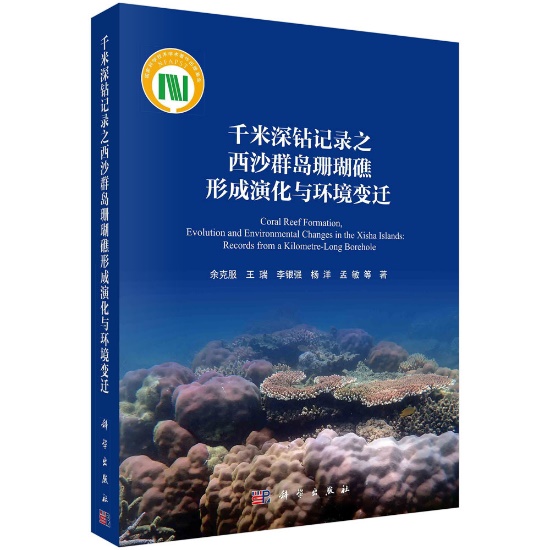
Drilling through the coral reefs of Xisha Islands reveals the mysteries of the formation and evolution of the islands and coral reefs in SCS and marine environmental changes over nearly 20 Ma
——“Coral Reef Formation, Evolution and Environmental Changes in Xisha Islands: Records from a Kilometre-Long Borehole”
Coral reefs scattered throughout the tropical seas have unique ecological landscapes and geomorphology (Figure 1), geological characteristics, as well as important ecological, resource and environmental effects with amazing beautiful and mysterious. As oases in the blue desert of the ocean, coral reefs rise like mountains from thousands of meters below the sea, which connects the deep sea and the shallow sea, the present and the past. They, like natural archives, also accurately record the historical changes in the marine environment, including temperature of climate, sea level fluctuations, intensity of typhoon activity, etc. Therefore, drilling through coral reefs is a dream for many people.
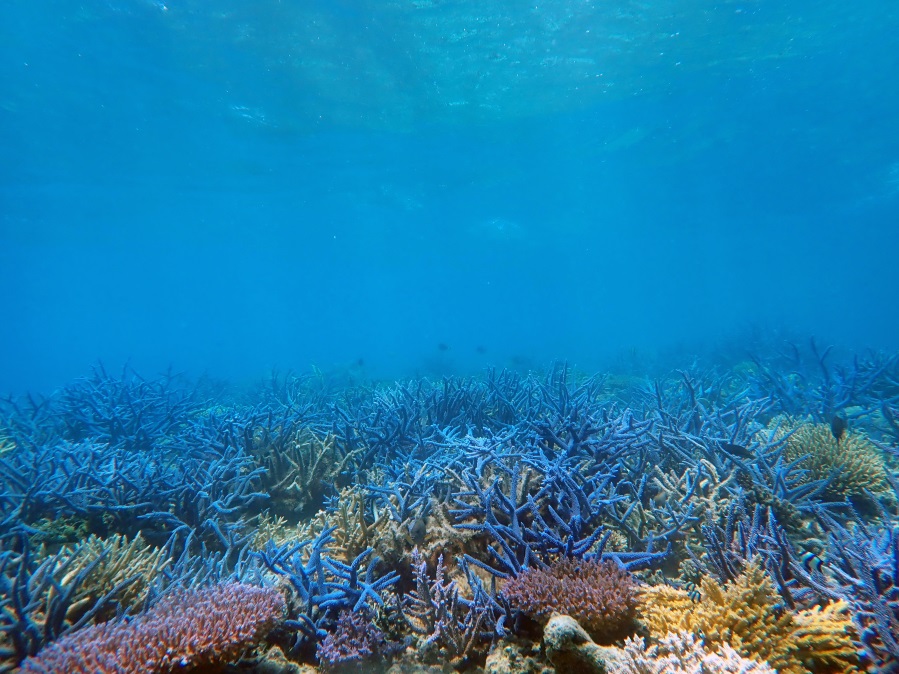
Fig. 1 Ecological landscape of coral reefs at the Seabed of Xisha Islands
Since Darwin proposed the Hypothesis of Atoll Formation during the voyage of the Beagle in 1837 (namely: A fringing coral reef surrounding a volcanic island in the tropical sea will grow upward as the island subsides, which is sinks, becoming an "almost atoll", or barrier reef island, as typified by an island such as Aitutaki in the Cook Islands, and Bora Bora and others in the Society Islands. The fringing reef becomes a barrier reef for the reason that the outer part of the reef maintains itself near sea level through biotic growth, while the inner part of the reef falls behind, becoming a lagoon because conditions are less favorable for the coral and calcareous algae responsible for most reef growth. In time, subsidence carries the old volcano below the ocean surface and the barrier reef remains. At this point, the island has become an atoll.) And he hoped that “there would be a millionaire who could drill on the atolls in the Pacific". Since that, a series of drilling work on coral reefs has been conducted internationally, aimed to obtain reef cores to analyze the infinite mysteries hidden in coral reefs
The book "Coral Reef Formation, Evolution and Environmental Changes in Xisha Islands: Records from a Kilometre-Long Borehole" written by Professor Yu Kefu and others introduces the research results of deep drilling on Chenhang Island in the Xisha Islands in the SCS. With the support of the “Special Foundation for Basic Research Program of China” Project, Professor Yu Kefu's research team conducted full-coring drilling work on Chenhang Island in the Xisha Islands. They drilled through the coral reefs of Xisha Islands and obtained a core with a total depth of 928.75 m, named Chenke-2 Well, of which the upper 878.22 m is coral reef carbonate rock and the lower 50.53 m is volcanic bedrock (Figure 2), with a core recovery of 70%. This book uses the samples from Chenke-2 Well to conduct a relatively systematic study on the development and evolution of coral reefs and their record of environmental changes, including a detailed description of the drill core, basement rock characteristics and age analysis, and the age framework of coral reef carbonate rocks and analysis of their biological, sedimentological, petrological, isotopic and elemental geochemical characteristics. On this basis, the book reveals the formation and evolution process of the coral reefs in the Xisha Islands and the history of ancient environmental changes.

Fig. 2 Chronological sequence of coral reef carbonate strata from Chenke-2 Well
The study revealed that the bedrock of Chenke-2 Well is basaltic pyroclastic rock, in which the U-Pb age of zircon is (35.5±0.9) Ma, representing the maximum age of the volcanic eruption. Based on the strontium isotope (87Sr/86Sr) profile of coral reef carbonate rocks and combined with a comprehensive analysis of paleomagnetism and paleontology, the age of the lowest layer of the coral reef carbonate rocks in Chenke-2 Well is determined to be 19.6 Ma, which has been used to establish the chronological sequence of entire carbonate rock profile (Figure 2). U-series dating results of the corals showed that the initial development time of the Holocene coral reefs of Chenhang Island is 7900 a B.P., with a thickness of 16.7 m for the Holocene coral reef body. In the entire Chenke-2 Well coral carbonate rock profile, 11 discontinuities were identified, which indicates at least 11 significant sea-level falls over nearly 20 Ma. These events led to the exposure of coral reefs body and caused abnormally high 87Sr/86Sr values in the coral reef carbonate rocks. In the late Miocene layer of Chenke-2 Well, 210.5 m thick massive dolomite, which is composed of high-calcium dolomite (HCD) and low-calcium dolomite (LCD). It was formed in a normal or slightly modified seawater environment. Cluster isotopes indicate that the water temperature range during its formation was 24-44 °C. The formation process corresponds to a continuous marine transgression, resulting from the combined effects of regional tectonic subsidence and global sea level changes. The whole-rock δ18O of Chenke-2 Well showed an obvious positive deviation from 15.5 to 13 Ma, which may be a response to the expansion of the Antarctic ice sheet. Since 1.8 Ma, especially from 0.9 Ma onward, δ18O has gradually become positive, which means the further development of the Arctic ice sheet and the further strengthening of the East Asian winter monsoon. δ13C has experienced several obvious drifts, which reflects the regional carbon cycle may be caused by the change in terrestrial vegetation types in East Asia and the following change of organic carbon burial. δ13C experienced a positive excursion event between 18.9 and 13.2 Ma, which shows a record of the "Monterey" carbon drift global event. Geochemical analysis of whole-rock samples the Chenke-2 Well showed that dolomitization had a significant impact on most of trace elements. However, results still clearly recorded a notable enhancement of the East Asian winter monsoon at about 2.6 Ma. Before that, continental weathering constrained by the East Asian summer monsoon (EASM) controlled the composition of elements in the surface seawater in the Xisha Islands area. After about 2.6 Ma, the element composition of the surface seawater in the Xisha Islands was jointly influenced by dust transported by the winter monsoon, rainfall driven by the summer monsoon, and global temperature changes.
Biological components of the core of Chenke-2 Well reveal that corals play a dominant role in the entire drill core, but coralline algae, cactus algae, foraminifera, mollusk shells (gastropods and bivalves) and others have played a dominant role in different layers. This may reflect the dominant biota in different geological periods and different climatic environments, or it may be attributed to different sedimentary phases of coral reefs that support different dominant biological types. Regardless of the underlying reasons, the changes in these biological components themselves and their combinations should indicate different environmental information. For example, the coralline algae in Chenke-2 Well can be categorized into 3 orders, 8 families, and 12 genera (Figure 3). with the Hapalidiales and Corallinales being the main ones, and Sporolithales being sporadically developed. The external growth form of the genera Corallina, Amphiroa and Jania is branched external growth forms, while the rest of coralline algae are crustose. The coralline algae in Chenke-2 Well can be divided into 10 assemblages. Based on the water depth characteristics of coralline algae assemblages, it is concluded that the water depth for the development of coral reefs in the Xisha Islands has fluctuated between less than 5 m and more than 25 m in the past 20 Ma, the depth changes exhibit 3 major sedimentary cycles in the time series: 19.6-16.31 Ma, 16.31-4.36 Ma and 4.36-0 Ma. In the core of Chenke-2 Well, a total of 141 species of Rhizaria, which belongs to 74 genera and 46 families, including 101 species of benthic Rhizaria (61 genera and 42 families) and 40 species of planktonic Rhizaria (13 genera and 4 families) (Fig. 4). According to the dominant species, abundance and community structure, the Rhizariain Chenke-2 Well can be divided into 9 assemblages, each corresponding to different water depths and sedimentary environments. 30 genera of Hexacoralia (scleractinian corals) were preliminarily identified in Chenke-2 Well (Figure 5). Some of them have stratigraphic significance, while others indicate specific growth environments.
The above information from the Chenke-2 Well clearly shows that the coral reef core and its biological, mineral, geochemical and other signals record a wealth of environmental information. It is indeed a natural archive that records the changes in nature and is worthy of in-depth exploration.
(Text, photos and book by: Wang Rui, Edited by Zhou Jian, Reviewed by Yu Kefu)
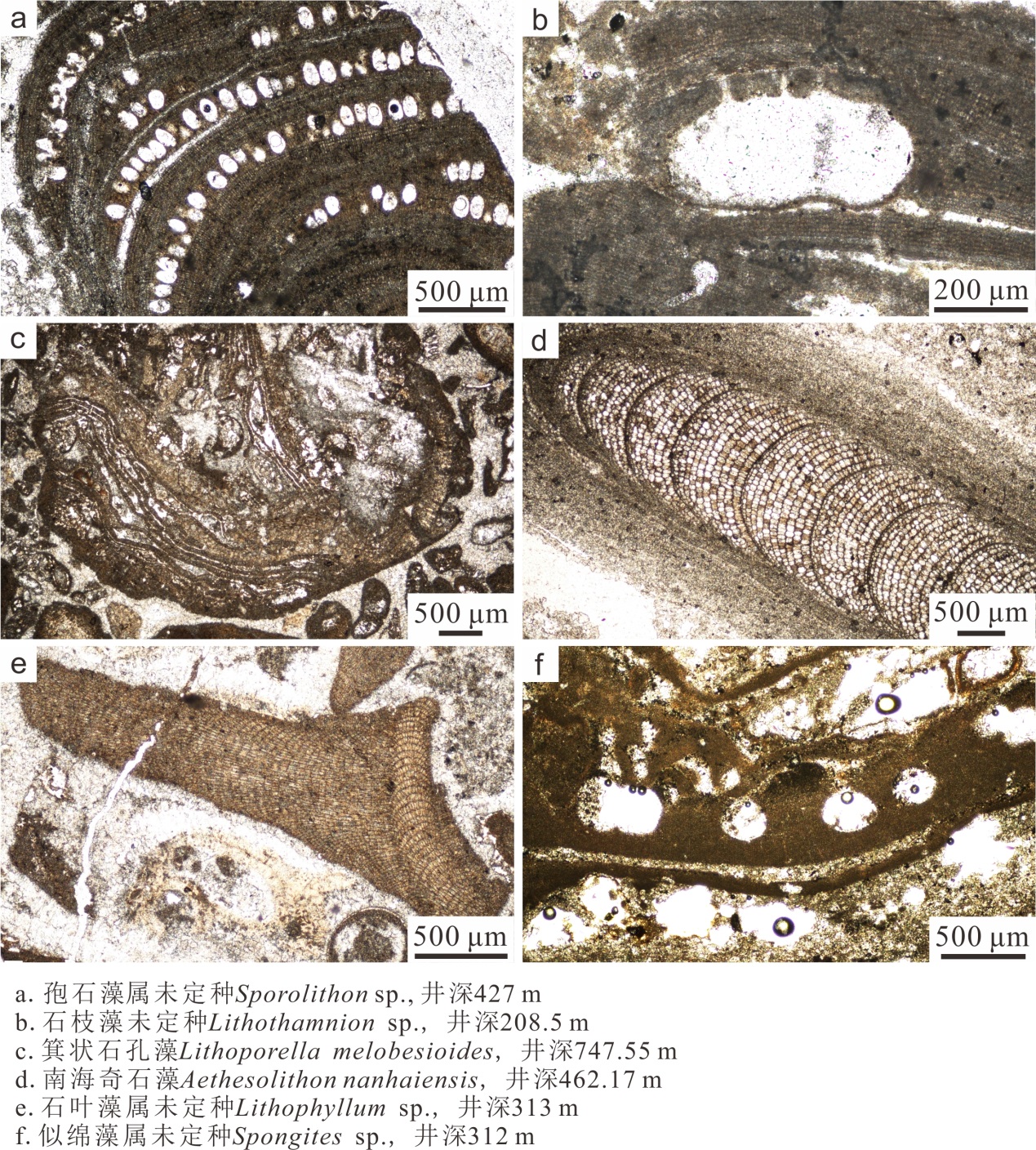
Fig. 3 Typical coralline algae genera and species in Chenke-2 Well
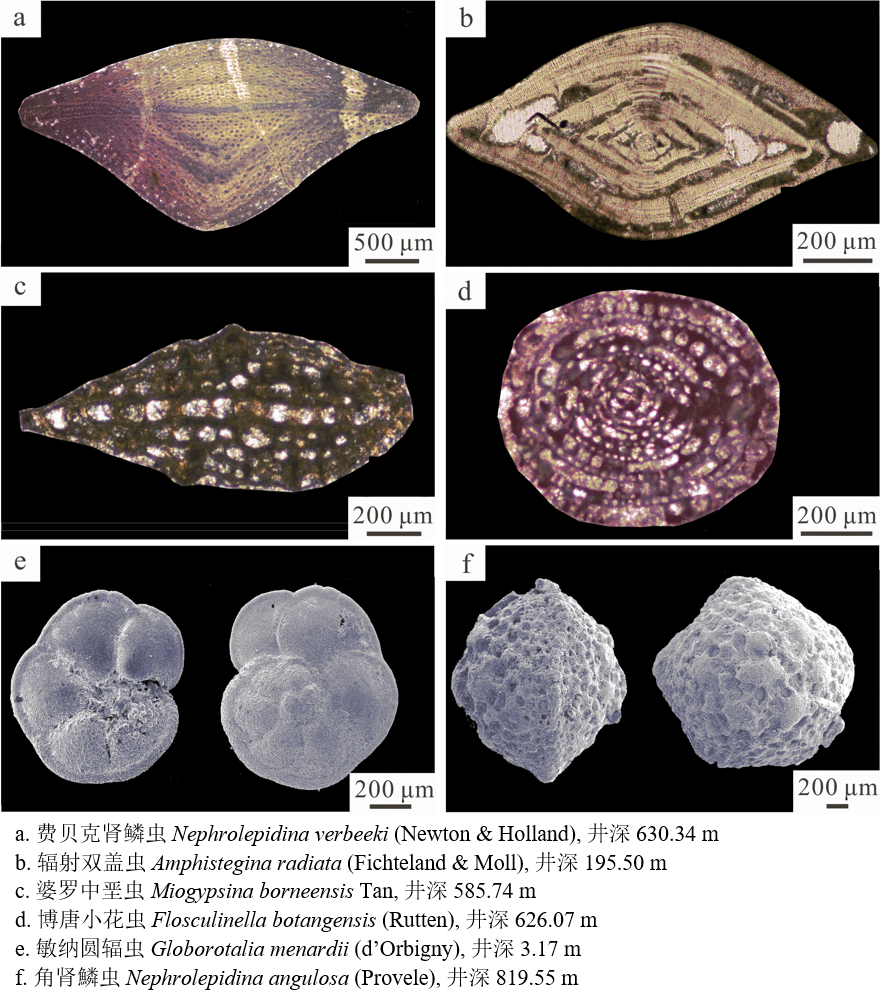
Fig. 4 Typical Rhizaria genera and species in Chenke-2 Well
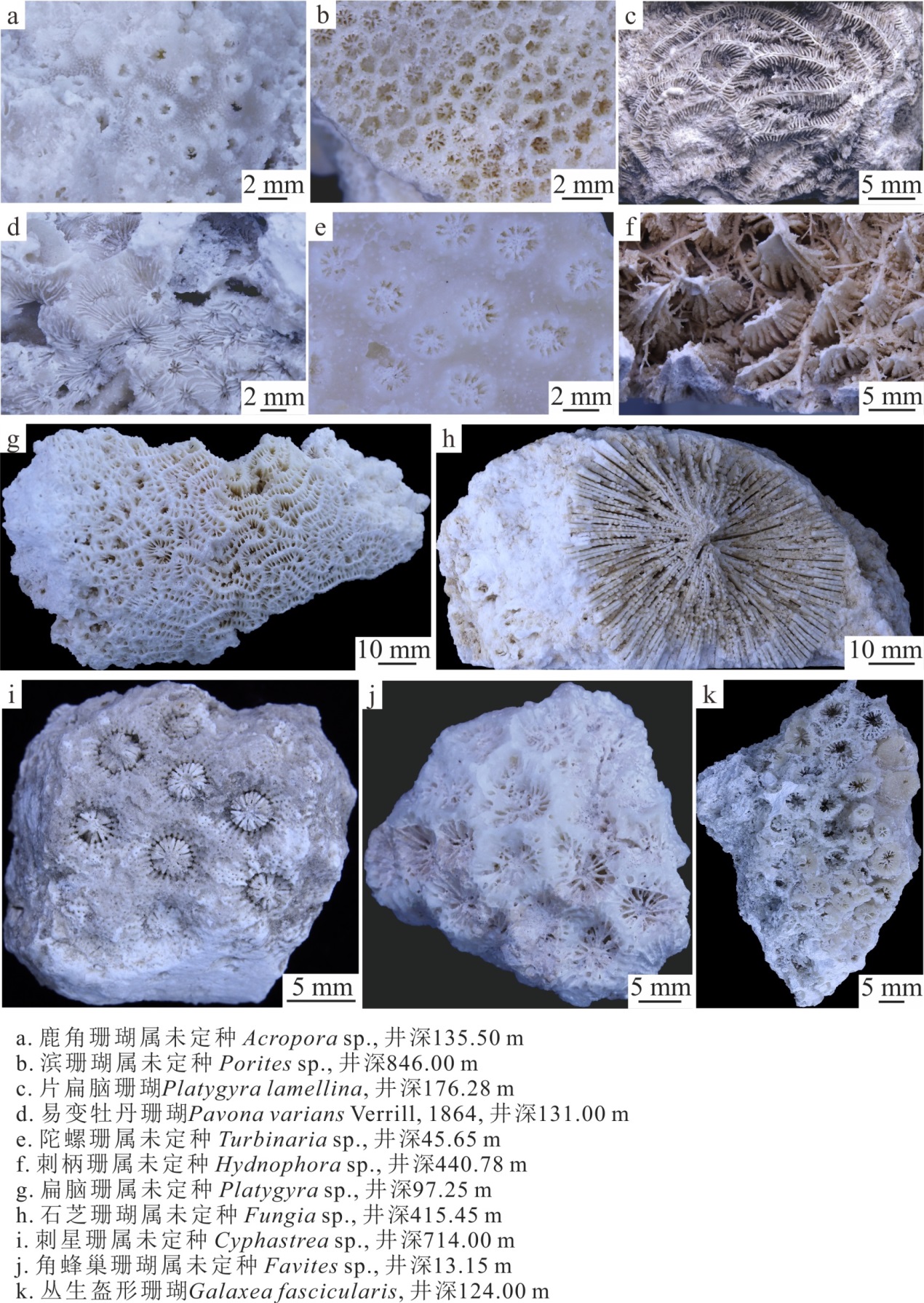
Fig. 5 Typical coral genera and species in Chenke-2 Well